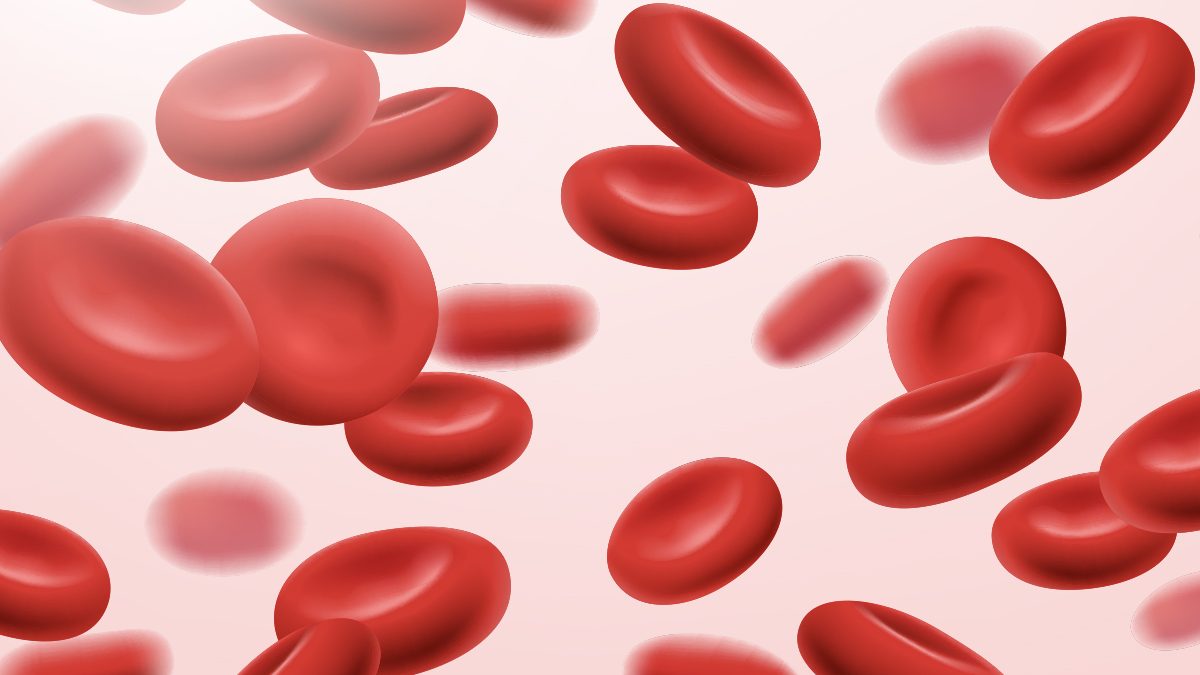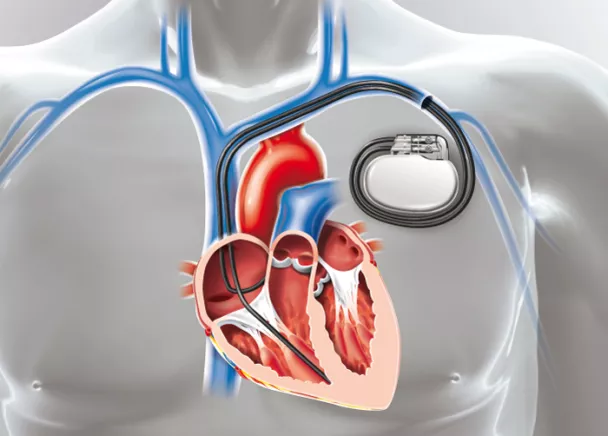Healthy eating is the cornerstone of a healthy lifestyle. It not only helps in maintaining an ideal weight but also plays a key role in reducing the risk of chronic diseases, improving mental health, and boosting energy levels. With so much conflicting information about diets, understanding the foundations of healthy eating habits can guide you toward making informed food choices that benefit your long-term health.
In this article, we will explore the essential components of healthy eating habits, provide tips for creating a balanced diet, and explain how simple changes can lead to lasting improvements in your overall health and well-being.
1. Focus on Balance

A balanced diet is one that includes a variety of foods in the right proportions to give your body the nutrients it needs. Rather than focusing on restricting food groups or going on fad diets, it’s important to maintain a balance between different types of nutrients: carbohydrates, proteins, fats, vitamins, and minerals.
-
Carbohydrates: These are the body’s main source of energy. Choose whole grains (e.g., brown rice, whole wheat, oats) over refined grains (e.g., white bread, sugary cereals), as they contain more fiber and help maintain steady blood sugar levels.
-
Proteins: Protein is essential for building and repairing tissues. Include a variety of protein sources such as lean meats, fish, beans, lentils, tofu, and eggs. Aim to include plant-based proteins, such as beans and legumes, which are high in fiber and nutrients.
-
Healthy Fats: Fats are crucial for brain function, energy, and absorption of certain vitamins. Focus on healthy fats from sources like avocados, nuts, seeds, olive oil, and fatty fish (e.g., salmon, mackerel, sardines). Avoid trans fats and limit saturated fats found in processed foods.
-
Fruits and Vegetables: These should form the foundation of your diet, making up half of your plate at each meal. They provide essential vitamins, minerals, and fiber while being low in calories. Aim for a rainbow of colors on your plate, as different colors indicate different nutrients and antioxidants.
2. Control Portion Sizes
Even the healthiest foods can contribute to weight gain or other health issues if consumed in excess. Portion control is an essential aspect of healthy eating. Overeating, even when eating nutritious foods, can lead to consuming more calories than the body needs.
-
Mindful Eating: Pay attention to hunger and fullness cues. Eat slowly and savor your food, allowing your brain to register when you’re satisfied. This practice can help prevent overeating and encourage healthier food choices.
-
Portion Sizes: Use smaller plates and bowls to help manage portion sizes. Instead of filling up large plates, serve yourself appropriate portions to avoid mindlessly overeating.
-
Listen to Your Body: Avoid eating out of boredom or stress. Practice mindful eating by tuning into your body’s signals of hunger and fullness. If you’re not hungry, try to avoid eating for the sake of habit.
3. Limit Processed and Refined Foods
Processed foods, such as sugary snacks, fast food, and pre-packaged meals, can be loaded with unhealthy fats, sodium, and added sugars. These foods can lead to weight gain, inflammation, and an increased risk of chronic diseases such as heart disease and diabetes.
-
Limit Added Sugars: Processed foods and drinks (such as sodas, sweets, and pastries) often contain added sugars that contribute to empty calories. Choose whole fruit, unsweetened yogurt, and naturally sweet foods over sugary snacks.
-
Watch Sodium Intake: Excessive sodium intake can lead to high blood pressure and other cardiovascular problems. Instead of using salt to flavor food, try herbs and spices like garlic, basil, rosemary, or cumin for natural flavor.
-
Minimize Processed Meats: While convenient, processed meats like sausages, hot dogs, and bacon are high in sodium and unhealthy fats. Opt for lean, unprocessed meats or plant-based protein sources.
4. Stay Hydrated
Water is essential for the proper functioning of every system in the body. It aids digestion, regulates body temperature, and supports nutrient absorption. Staying well-hydrated is vital to maintaining energy levels and avoiding fatigue.
-
Drink Water: Aim to drink plenty of water throughout the day, at least 8 cups (64 ounces) for most people, although individual needs may vary depending on activity level and climate.
-
Avoid Sugary Drinks: Instead of sugary sodas, sweetened teas, or energy drinks, opt for water, herbal teas, or sparkling water with a splash of lemon for flavor. These options are low in calories and help keep you hydrated.
-
Hydrating Foods: Certain fruits and vegetables, such as watermelon, cucumbers, and oranges, also provide water and contribute to your daily hydration needs.
5. Include Fiber-Rich Foods
Fiber is a key nutrient for digestive health and has several other benefits, including controlling blood sugar levels, lowering cholesterol, and promoting feelings of fullness. Including more fiber-rich foods in your diet is essential for maintaining a healthy weight and digestive system.
-
Whole Grains: Choose brown rice, quinoa, barley, and whole wheat pasta over refined grains, as they contain more fiber.
-
Fruits and Vegetables: Aim for a variety of fiber-rich produce, such as apples, berries, carrots, broccoli, and spinach.
-
Legumes and Nuts: Foods like beans, lentils, chickpeas, almonds, and chia seeds are excellent sources of fiber and protein. Incorporate them into meals to boost fiber intake.
6. Plan and Prepare Meals
Meal planning and preparation are powerful tools for making healthy eating easier and more sustainable. When you plan your meals ahead of time, you are more likely to make healthier choices and avoid resorting to unhealthy takeout or processed foods.
-
Batch Cooking: Prepare large quantities of healthy meals in advance and store them in the fridge or freezer. This makes it easier to have nutritious meals on hand when time is short.
-
Healthy Snacks: Keep healthy snacks on hand to curb hunger between meals. Snacks like hummus and veggies, Greek yogurt with berries, or a handful of nuts can prevent you from reaching for less nutritious options.
-
Portion Control: Preparing meals at home allows you to control portion sizes and ingredients, ensuring that you’re not consuming excessive amounts of salt, sugar, or unhealthy fats.
7. Mindful Eating and Enjoying Food
Healthy eating isn’t just about what you eat; it’s also about how you approach food. Mindful eating involves being present with your food, savoring the flavors, and recognizing your body’s hunger and fullness cues.
-
Avoid Distractions: Try to eat without distractions such as TV, smartphones, or computers. This helps you focus on the meal and prevent overeating.
-
Eat Slowly: Take your time while eating, savoring each bite. This not only helps with digestion but also allows you to feel more satisfied with smaller portions.
-
Enjoy Your Food: Healthy eating should be enjoyable, not a chore. Experiment with new recipes, fresh ingredients, and new flavors to make healthy meals exciting and satisfying.
Conclusion
Building healthy eating habits is about making consistent, sustainable choices that prioritize whole, nutrient-dense foods over processed options. By focusing on balance, controlling portions, minimizing processed foods, staying hydrated, including fiber-rich foods, and planning your meals, you can lay a strong foundation for long-term health and well-being.
Remember, healthy eating is a journey, not a destination. Small, incremental changes in your diet can lead to significant improvements in your overall health. Whether you’re trying to lose weight, maintain energy levels, or simply feel better, adopting healthy eating habits can enhance your quality of life and set you up for a vibrant future.



